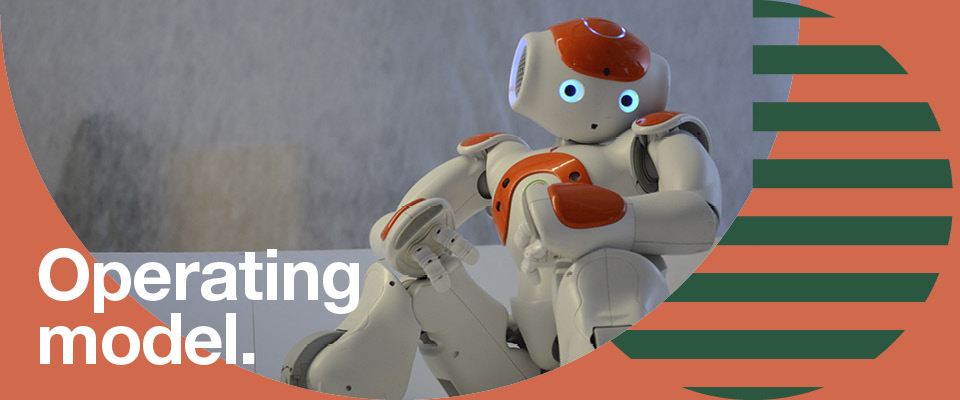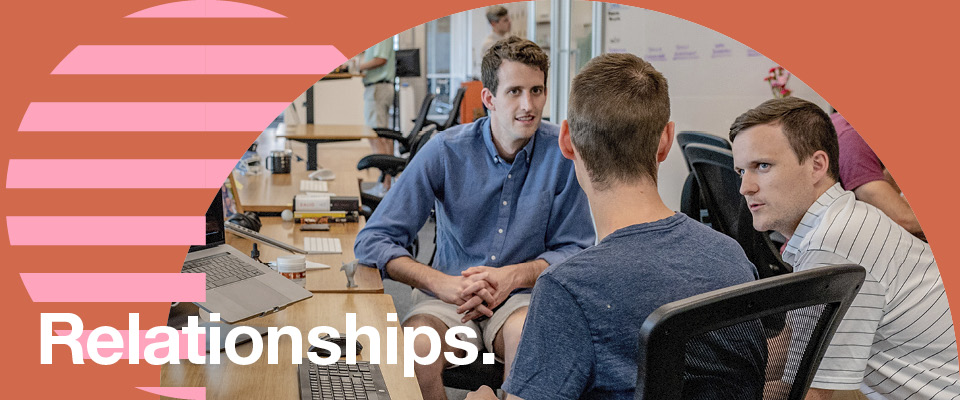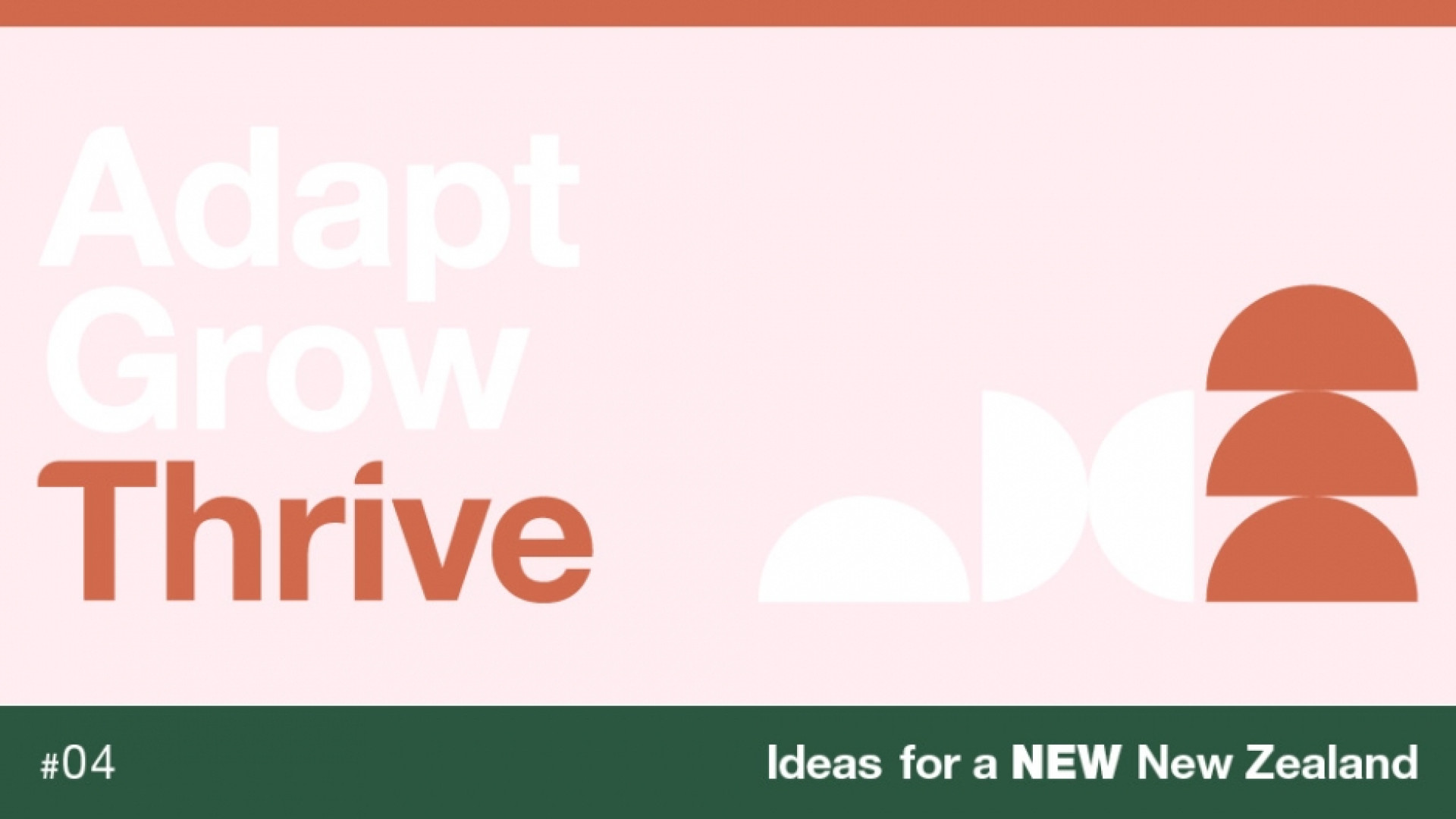As more businesses move out of lockdown and back into operating from their premises again, there’s a lot of talk about adapting, firing up much-needed revenue and managing cashflow.
Much of this discussion is about survival, avoiding falling over and allowing the business to get out of this crisis to keep fighting for another day. In the longer-term, business needs to do more than just survive, it needs to thrive.
In the current world focused on short-term survival, the businesses who will emerge most ready to thrive over the long term, are those who’ve also kept an eye on what matters most. Their focus and actions are building a more resilient and sustainable business, ready to succeed again in the not-too-distant future.
And that’s the topic of this week’s blog. What makes your business thrive? And what are you doing today to foster your future success?
Some call them your strengths, others your competitive advantage. No matter what you call them, they are the things that drive existing customers to stay and new customers to choose you. Effectively they’re the reasons for your success. In our new world, historic success drivers may not necessarily drive your future success, or you may need to adapt them to accommodate changing customer expectations.
So consider what has driven your past success and how that may change going forward. Many business leaders cite one of the following as critical success drivers:

A team environment where people care about each other and do whatever it takes to support the business to succeed. In return the business treats them well, offering them rewards, benefits and opportunities and a sense of belonging. What would happen to service, productivity, quality, staff retention and other organisational performance measures if you didn’t have these people or this culture? How do you ensure you still do?

It doesn’t matter what industry you are in, service is one of the key reasons customers come back again and again. What drives the quality of your service - people, systems, processes, rewards or something else? With changing servicing requirements, what changes do you need to make to keep service levels up and to manage customers’ new expectations?

Your operating model represents how your business is geared up. It could be to deliver volume or the lowest price possible, to ensure quality, to minimise waste, to maximise speed to market and/or to adapt to changing volume or bespoke customer requirements. As the world changes, and customers’ expectations evolve, what changes do you need to make to the model to ensure it remains fit for purpose?

For many businesses, what makes them strong is that ability to understand what drives their customers and to keep coming up with innovative ideas to meet their need. It takes more than just good ideas but the skills, mindset and processes to take these ideas and to turn them into viable new products. Is now the time for innovative ideas to meet new customer needs?

For many, what makes them strong is the external relationships they foster with suppliers, industry bodies and influencers, with distributors and with their community. In a world where everyone’s priorities and situation have changed, how do you keep building these critical relationships?
The natural tendency is to cut back spending and non-revenue generating activities, but the truth is, now is the time to invest in the future of your business. Concentrate your spend and energy on the things that really matter – the thing that makes your business succeed is surely something worth concentrating on.
Start by getting clarity on what will drive your success going forward. Engage your team in the discussion and, if need be, engage your key customers as well.
With this new clarity, put all your focus and efforts on fostering this. Develop an action plan of who will do what and by when. If your success is people and culture, look at initiatives to re-engage the team on the business goals. If it’s service, re-establish your clients’ expectations before refining your service model. Alternatively, set up a new ideas think tank, change or adapt your operating model or reconnect with your key stakeholders.
Create real urgency in achieving this. Have clarity of roles and deliverables for all involved. Meet regularly to review progress and to find ways around roadblocks. Most importantly, communicate the vision, the action plan and progress, drawing everyone into achieving the desired result together.


